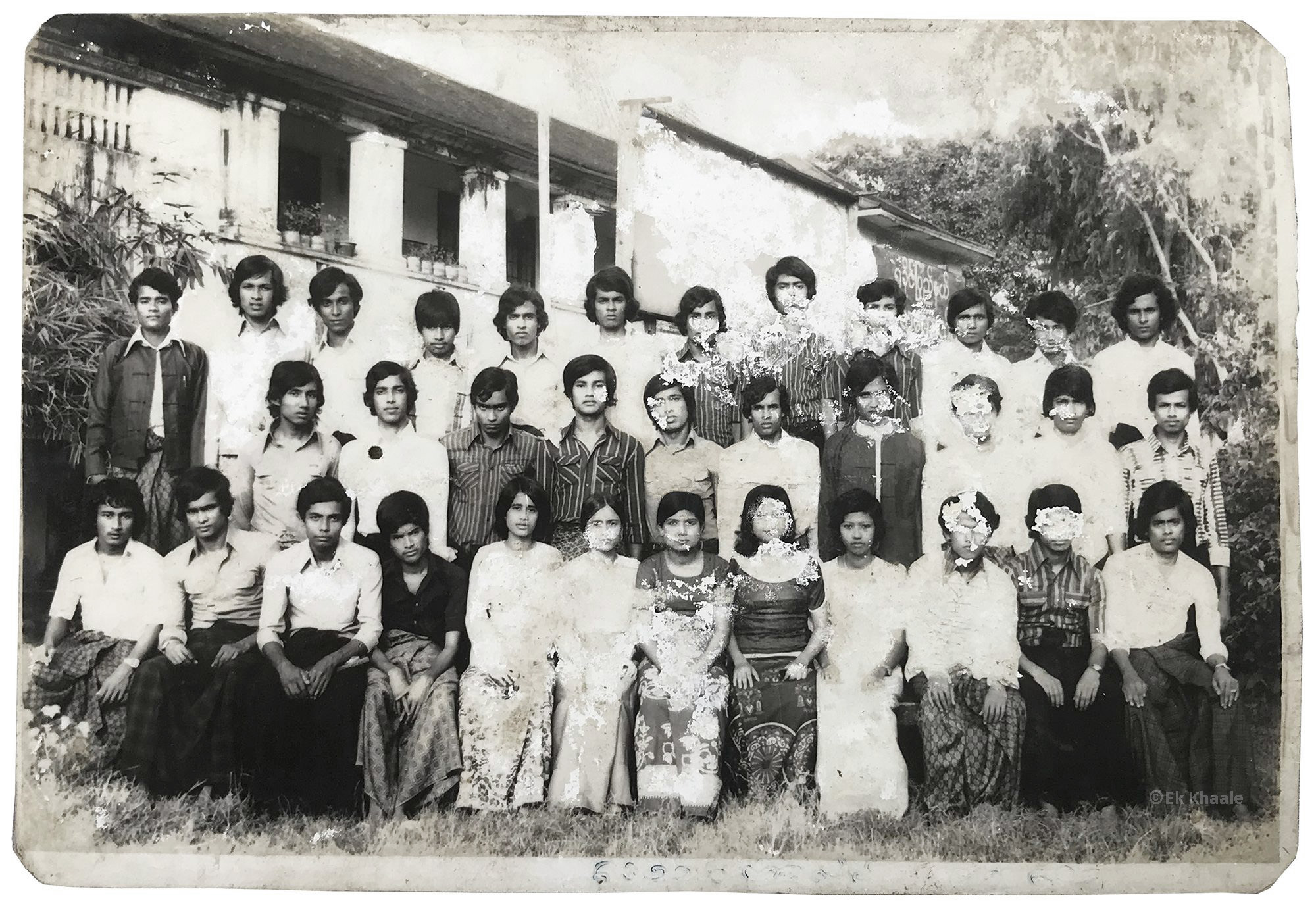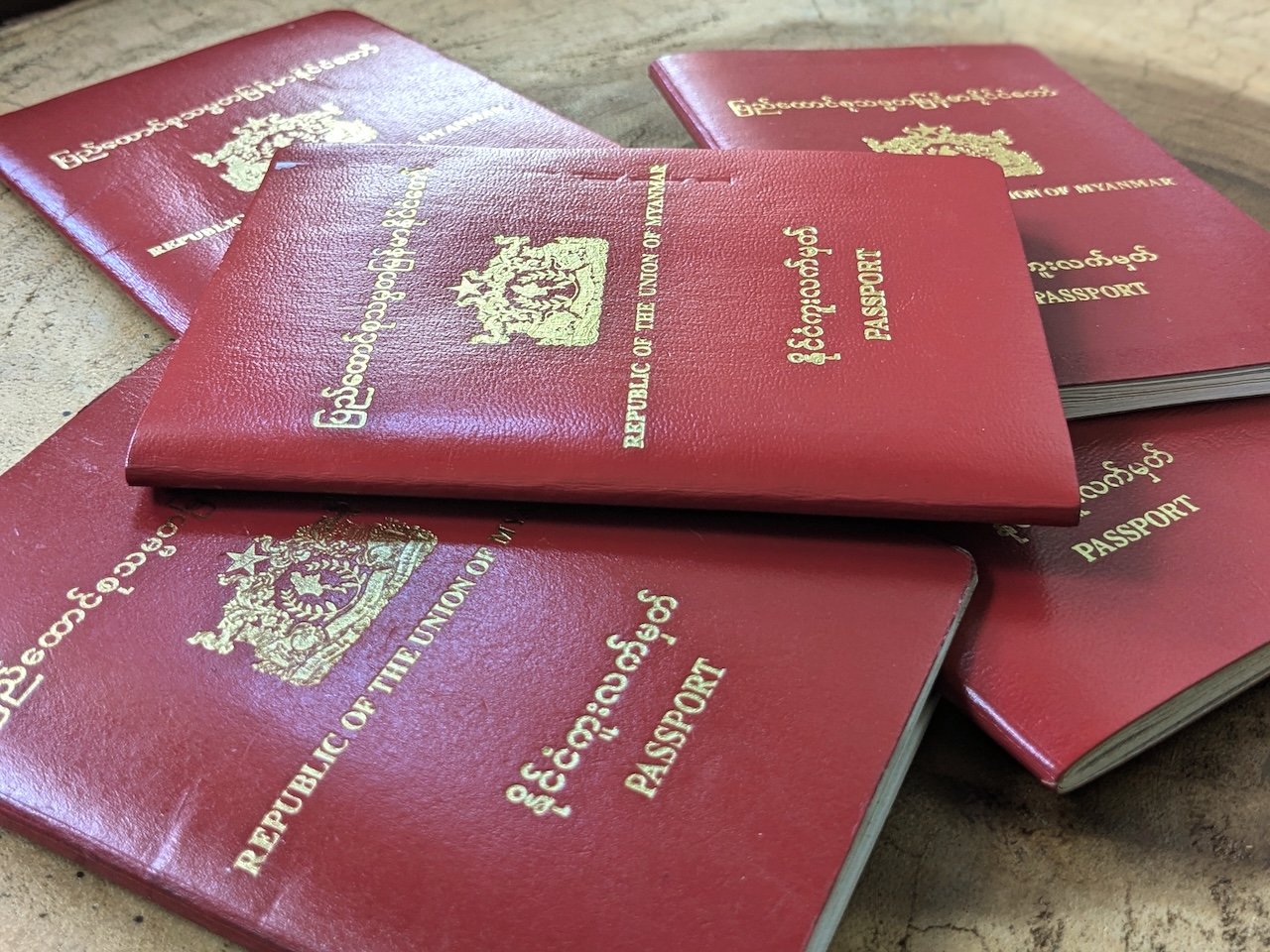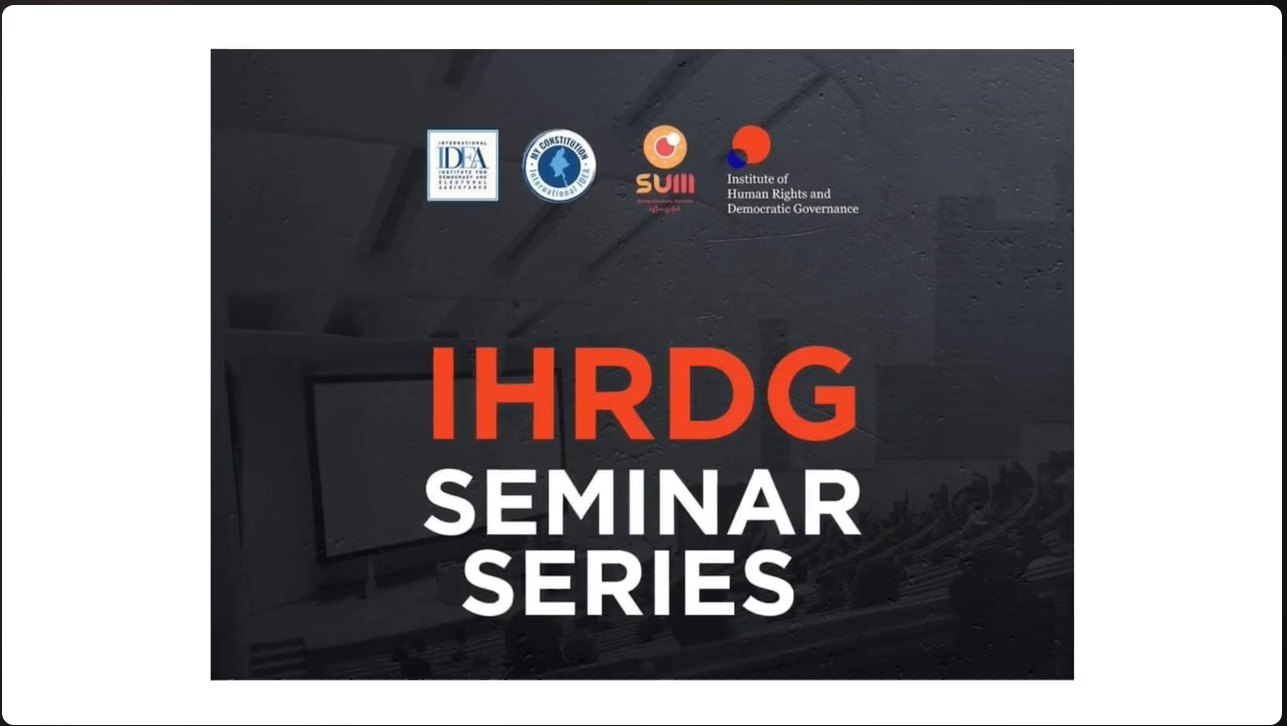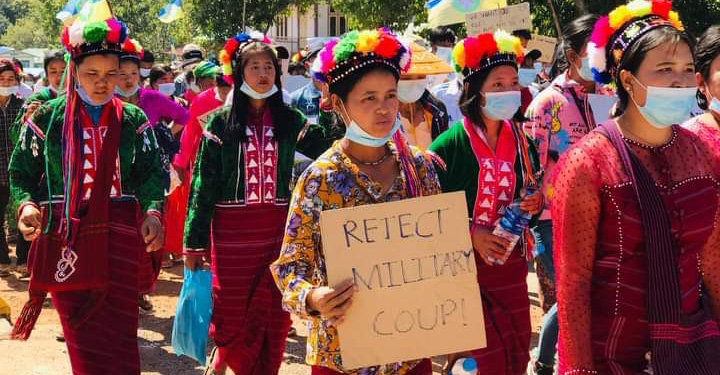Reshmi Banerjee reviews a new anthology on Myanmar’s political transition and governance.
Myanmar’s transformation from a military dictatorship to a relatively democratic form of governance has been under scrutiny for some time; rightly so, as expectations were high when the NLD took charge. But this transformation seems to have faltered as civil liberties and press freedom have come under severe attacks, the lives of religious and ethnic minorities remain insecure, and the move towards federalism and political autonomy has been halting. Furthermore, along with land dispossession, extraction of resources and conflict at the periphery are issues which are still making their stubborn presence felt. This edited volume examines the existing hybrid structures of governance and their constraints by looking at the continuities and fractures in Myanmar’s politics and society. It also delves into the opportunities to bring about change that exist within this complex and diverse landscape. The book is divided into five sections (including the introduction and the epilogue) and covers critical issues ranging from social protection and rural revolution to advocacy organizations and efforts put in to forge an inclusive national identity. Thus readers are able to comprehend emerging concerns, socio-economic dynamics on the rise, and fluctuations in Myanmar’s democratic journey; not only of its inherent strength and capacity, but also its deepening and divisive faultlines.
The first section (Introduction) starts with the chapter titled “Myanmar Transformed?” by Justine Chambers and Gerard McCarthy. They provide a broad and up-to-date overview of the country and introduce the readers to not only the format of the book— which is divided into three sections of People, Places and Politics— but also the various themes that run through the book.
The second section, titled People, has three chapters. The first chapter by Samuel Pursch, Andrea Woodhouse, Michael Woolcock and Matthew Zurstrassen documents the socio-economic transformation in the country’s rural communities. State-society relations are explored at the village level, with the authors stating that national reforms have made village institutions seemingly responsive to people’s needs. On one hand, the authority of the VTAs (Village Tract Administrators) is limited by the administrative authority of the township officials; on the other hand, the villagers have become more vocal and are willing to question the work of local officials. Improvement in connectivity (expanded mobile coverage) and social media networks are used to not only strengthen the existing systems of community linkages and village governance, but are also a source of alternative information flows. The result is increased awareness and enhancement of social accountability. Thus, they argue, the social contract between the state and the society is being re-shaped.
The second chapter looks at social protection and the manner in which it can contribute to social trust, political legitimacy, and peace-building. Yaw Bawm Mangshang and Mike Griffiths observe that the distance between the state and its citizenry can be bridged by its welfare provision, with the former displaying its commitment to welfare rather than coercive aspects of security. The chapter not only looks at the history of this issue, but also the need for increased funding along with better partnership of state institutions with the local societal mechanisms of social redistribution. The final chapter in this section relates to health service delivery and peace building in Southeast Myanmar. Si Thura and Tim Schroeder look at the conflict in the region with inequitable access to health services impacting both the physical and mental well-being of communities. The twin challenges of poor accessibility to Government services along with language and cultural barriers faced by ethnic communities make the role of Ethnic Health Organizations (EHOs) and their networks relevant, although the coordination between the EHOs and the MoHS (Ministry of Health and Sports) was negligible during the authoritarian period of the country. The chapter lists the prominent EHOs in the area providing basic reproductive health care and child health services, controlling disease outbreaks and providing relief during acute emergencies, but also expresses apprehension that health convergence without political dialogue could be harmful for long term reconciliation remains. Probably hybrid service delivery systems need to be explored more as providing equitable social services can help in bringing people together, including the role played by international organizations which can connect MoHS and EHOs.
The third section titled Places has four chapters. The first chapter in this section examines the rural revolution through mechanization and structural transformation. Myat Thida Win, Ben Belton and Xiaobo Zhang raise pertinent issues of changes in machine ownership and machine supply, the machine services rental market, migration and a changing labour market. Sales and use of agricultural machinery have accelerated, with this increase linked to increasing access to formal financial services and introduction of transferrable land use rights. The chapter tries to empirically explain the lack of connection between a transforming economy and prevailing low levels of agricultural mechanization. It also aims to examine the regional variations which exist in the patterns of mechanization.
The next chapter by Giuseppe Gabusi is focused on the Kachin State and studies the political economy of violence. The presence of extractive industries, repeated occurrence of illegal land grabbing, a profitable military-business nexus, and fragmentation of communities leads one to question whether institutions trying to create political space and dialogue are flexible enough to respond to old socio-economic grievances. The chapter perhaps is also a reflection of the need to seriously address centre-periphery relations in Myanmar – the urgent and desirable goal to create cooperative federalism which would ensure that diverse viewpoints can thrive.
Pyae Phyo Maung and Tamas Wells, in the next chapter, dig deeper into the strategies of advocacy organizations in responding to special economic zone projects and their impact. The chapter shares the different strategies used like sharing information, appealing to policy-makers, companies and investors, public campaigns along with their effects. These include changes in planning and implementation of SEZs and coordinating with multiple stakeholders, including with the media and international networks. However, advocacy groups have suffered from limitations, too, which the chapter spells out. These include divided community voices/responses, shifting priorities of local and international funding agencies, livelihood insecurity of individual activists and imbalance in resources between investors-developers and local advocacy groups-communities.
Finally, the last chapter in this section gives readers a fascinating glimpse into the capital city of Naypyitaw – how the city of grand infrastructure, government ministries and host of international events works and what the future holds for it. Nicholas Farrelly points out the apparent lack of seriousness to really understand this city although according to him, it has a growing middle class occupying an alternative space to the rural or borderland regions of Myanmar. The city has been used as a refuge to stay clear of the criticism which the NLD has faced in recent times both from domestic civil society as well as from the international community. The chapter makes us wonder as to how the city might adjust in the future to new changing circumstances within the country along with the lived experiences of the residents of the city. This will be crucial in understanding its strategic place in the future.
The fourth section of the book is titled Politics, consisting of four chapters. Maung Aung Myoe’s chapter on partnership in politics (the Tatmadaw and the NLD) focuses on three areas of political processes and development in the country since 2016, namely civil-military relations, the peace process, and foreign relations. It uses these three areas to capture the growing criticism of the NLD government – both within and outside the country as poor rule of law and justice, the continuing role of the military in border security, diplomacy and foreign affairs, along with little change in the peace negotiation process makes the transformation process to a genuine democracy defective. The peace process is further studied in the next chapter where Lwin Cho Latt, Ben Hillman, Marlar Aung and Khin Sanda Myint note the problem of “All-Inclusiveness.” The chapter analyses how each participant— drawing a different meaning from the peace process— is becoming a hindrance to the overall dialogue exercise.
The next two chapters have Kyaw Zeyar Win delving into the securitization of the Rohingya while Cecile Medail discusses the Mon community, respectively. The chapter on the Rohingya gives us a historical background and social context for securitization, including the bottom-up patterns of securitization especially since 2012; the latter chapter is an attempt to shed light on the attitudes towards ethnicity and aspirations amongst the Mon people and whether this indicates the forging of an inclusive national identity in the future. The relationships of the two communities with the Myanmar state, the majority community, issues of citizenship and identity, struggle for recognition and fight against marginalization mixed with violence are covered well in these two insightful chapters. Finally the fifth and final section (Epilogue) written by Matthew Walton reflects on Myanmar under the NLD. He touches upon both ethnic and religious conflict along with the rise in community activism. He mentions the possibility of a powerful oppositional challenge emerging in the future in case the NLD continues to neglect popular demands— students, farmers, activists coming together with the ethnic parties to counter centralized leadership.
This edited volume should be read for the vast information, detailed analysis and in-depth understanding that it provides us of current day Myanmar. It also showcases the challenges that still need to be overcome on a daily basis in order to make sure that the democracy cart does not topple. It would have been useful to have separate chapters on education, land, climate change and food security – issues which are already impacting the country deeply. But the book does make a genuine effort to bring multiple scholars and complex subjects together, thus giving the readers an insight into the socio-political dynamics. The three Rs of Reforms, Reconciliation and Rights will continue to be important for the country to achieve growth with equity, peace with participation and freedom with accountability.
(Image courtesy of ISEAS Publishing)









